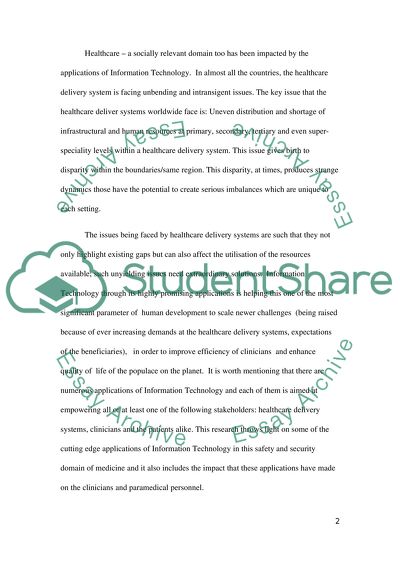Cite this document
(“The impact of Information Technology on a career or profession of your Term Paper”, n.d.)
Retrieved from https://studentshare.org/environmental-studies/1416889-the-impact-of-information-technology-on-a-career
Retrieved from https://studentshare.org/environmental-studies/1416889-the-impact-of-information-technology-on-a-career
(The Impact of Information Technology on a Career or Profession of Your Term Paper)
https://studentshare.org/environmental-studies/1416889-the-impact-of-information-technology-on-a-career.
https://studentshare.org/environmental-studies/1416889-the-impact-of-information-technology-on-a-career.
“The Impact of Information Technology on a Career or Profession of Your Term Paper”, n.d. https://studentshare.org/environmental-studies/1416889-the-impact-of-information-technology-on-a-career.


